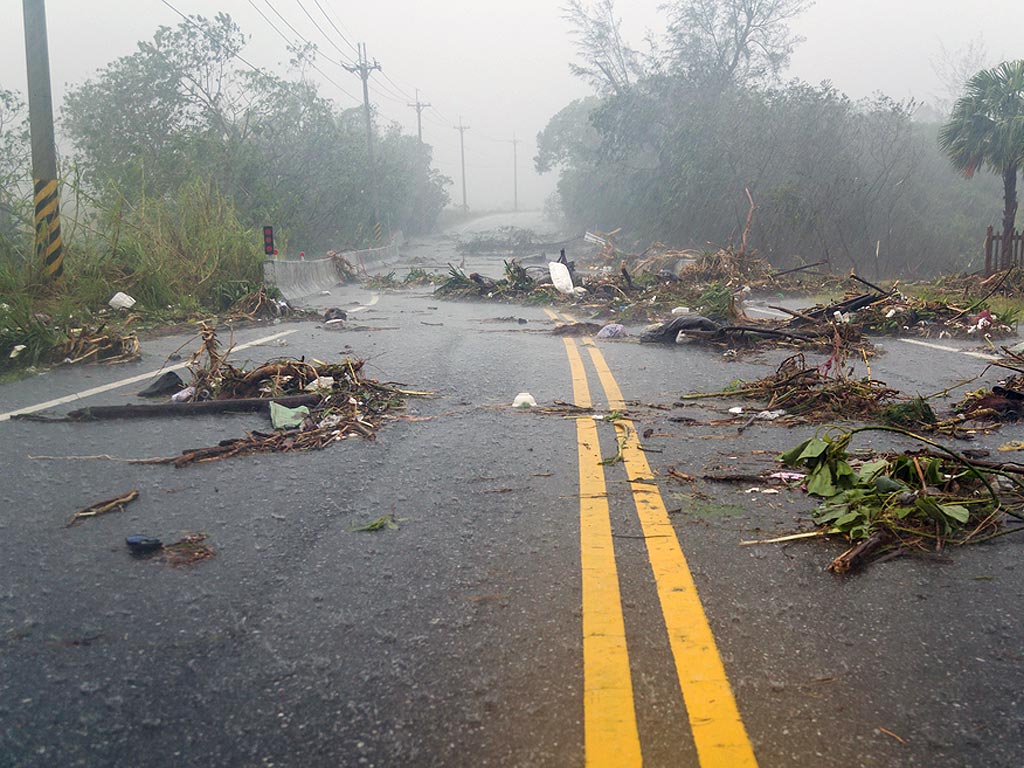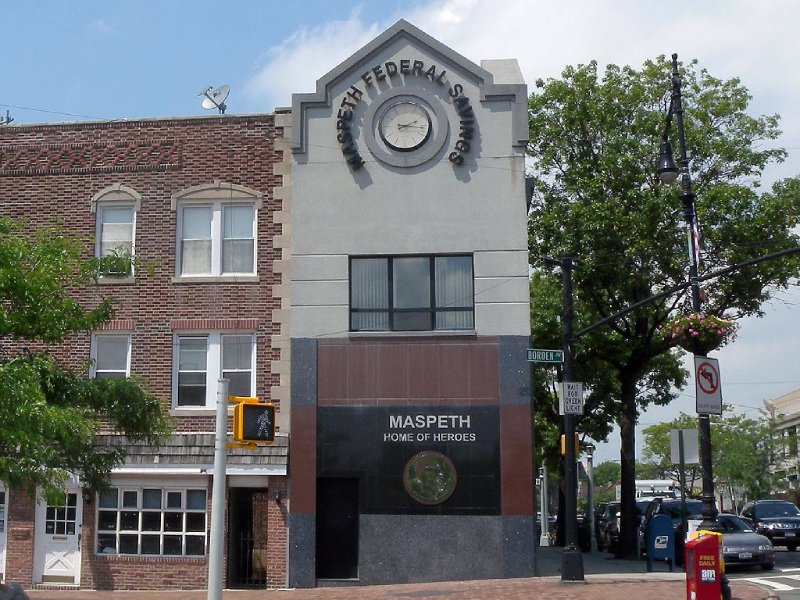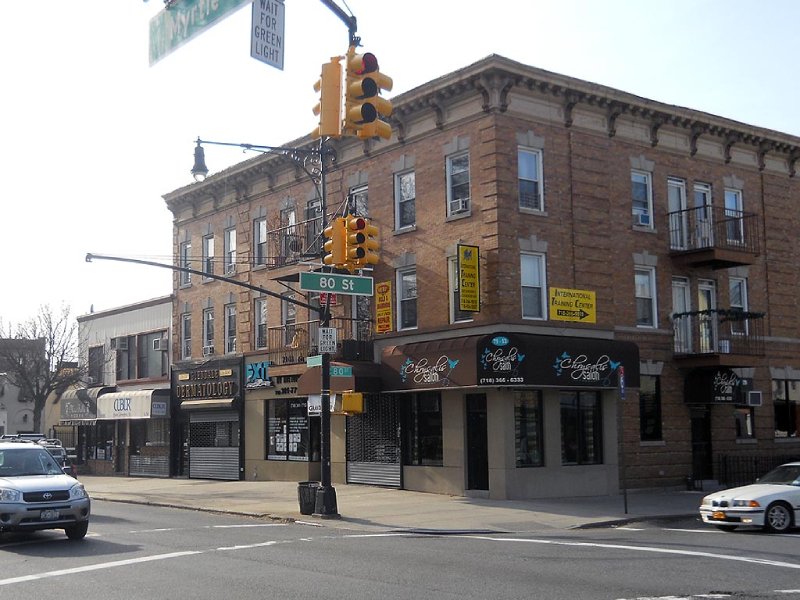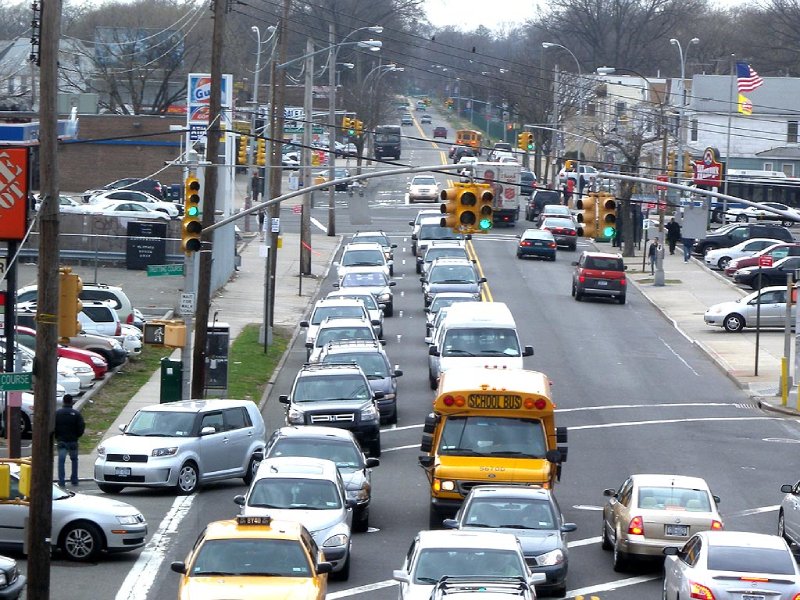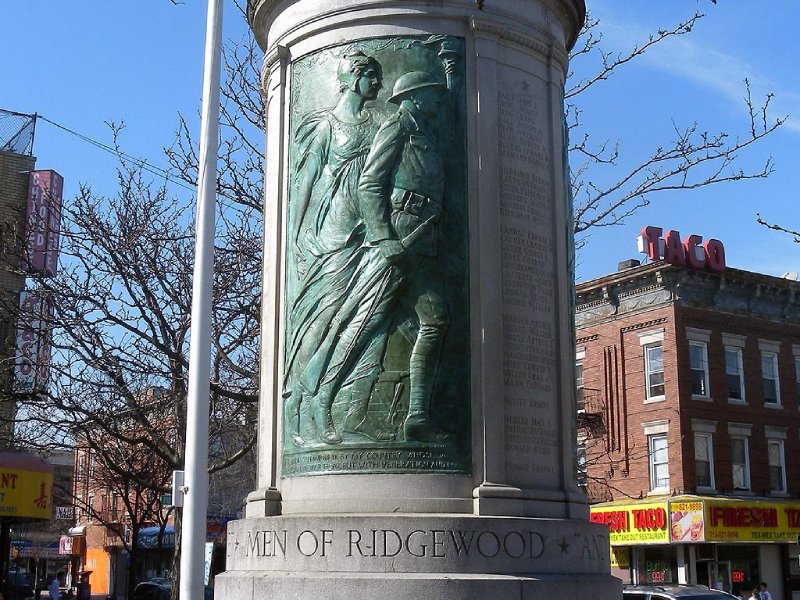Severe weather is something that concerns every homeowner. Do you know the right severe weather plumbing tips? When the wind starts to howl, and weather warnings play over the local news channels, that’s your sign to start some serious home protection. Depending on the type and severity of the weather, you may want to tape or board your windows, drag your patio furniture into the garage, and possibly call your loved ones to make sure they’ll be safe inside at home or elsewhere. Here in New York, the weather isn’t exactly predictable. Flooding, thunderstorms, coastal storms, and even the occasional out of season freeze can put your plumbing at risk. Be aware of any severe weather on the way and how to protect your plumbing based on what mother nature has planned.

Clear Roots from Buried Pipes
Howling winds may be spooky to hear from the inside, but that sound means that the wind is moving fast enough to do some real damage. If the wind gets strong enough to blow over your bushes and trees, the last thing you want is for them to take your buried pipes along with the pulled-up roots. The next time the weather is clear, call a professional or do a little DIY utility landscaping and make sure the roots in your yard have not begun to wrap around your underground pipes.
Be Careful Around Fixtures in a Bad Thunderstorm
If the storm you’re weathering features a great deal of lightning, it’s important to remember that electricity can travel through both water and most types of plumbing. This means you should be particularly careful around your pipes and plumbing fixtures while your house is directly under a thunderstorm. However, if the storm is still a ways off, it should be more than safe to continue using your plumbing as usual.
Prevent a Dangerous Backdraft
Flooding is the last form of severe weather we’ll cover today. Depending on how your plumbing is installed, flooding can pose a number of problems. Among, the most dangerous is a backdraft. Essentially, your water heater and any other flame-fueled appliances are installed with flues which take the dangerous fumes safely away and out of the home. However, when flooding changes the water level in your drains, it can result in a unique air pressure situation that sucks those dangerous flue fumes back into your house causing bad smells and possibly even carbon monoxide poisoning.
Backdrafting happens primarily to homes with inexpertly installed kitchen and bathroom fans. A carbon monoxide detector can tell you if a backdraft is occurring. If it goes off, you should exit the home immediately, then contact a professional to inspect and reinstall your home exhaust system to prevent any future backdrafts. If you’re not certain, it’s best to arrange for an inspection before the next flood to determine if your home is at risk for a backdraft.
Open Your Cabinets in Case of Cold
In the northern states, it’s not unheard of to see an unseasonable cold snap even as late as early summer. Should the weather suddenly turn cold, you don’t want to see frozen pipes just when you thought you were safe. If you don’t have any pipe insulation lying around, you can keep the pipes under your sink warm simply by opening your cabinets so the warmth of your house can prevent the pipes from freezing. If you have a few old pool noodles around, these can be used as impromptu pipe insulation if cut into sections and slit open along the side.
Even if your home was built correctly and to code, severe weather could sometimes push your plumbing system further than it was meant to go. To make sure your home and plumbing are safe before the next storm, don’t forget to check the roots, be careful around fixtures during thunderstorms, get your vents inspected, and keep a carbon monoxide detector handy in case of a sudden backdraft. For more helpful severe weather plumbing tips, contact Kew Forest Plumbing today!
